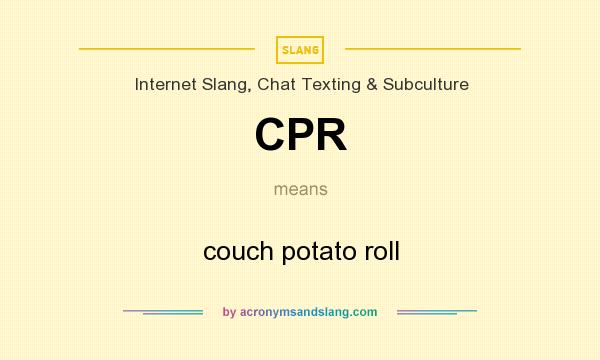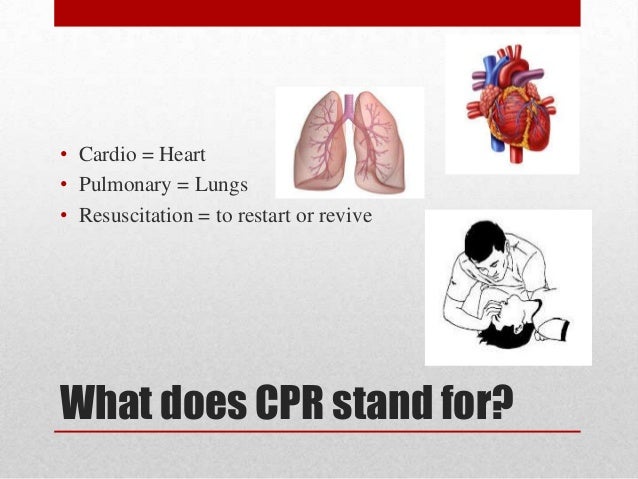

Comparison of times of intervention during pediatric CPR maneuvers using ABC and CAB sequences: A randomized trial.

The American Heart Association in collaboration with the International Liaison Committee on Resuscitation.

National Academy of Sciences – National Research Council.

Cardiopulmonary resuscitation: Statement by the ad hoc committee on cardiopulmonary resuscitation of the division of medical sciences, national academy of sciences-national research council.These findings endorse the change from ABC to CAB in international resuscitation guidelines.
#Cpr stands for trial
48 ± 10 sec P <0.0001).ĬONCLUSIONS: This randomized controlled trial found CAB superior to ABC with an earlier start of CPR and a shorter time to completion of the first 30:2 resuscitation cycle. Overall, the time to completion of the first resuscitation cycle was longer in ABC teams (63 ± 17 vs. 18/53 ABC teams (34%) and none of the 55 CAB teams (P = 0.006) applied more than the recommended two initial rescue breaths which caused a longer duration of the first cycle of 30 compressions and two ventilations in ABC teams (31 ± 13 vs.23 ± 6 sec P = 0.001). RESULTS: The time to execution of the first resuscitation measure was 32 ± 12 seconds in ABC teams and 25 ± 10 seconds in CAB teams (P = 0.002). The primary endpoint was the time to completion of the first resuscitation cycle of 30 compressions and two ventilations. Data analysis was performed using video recordings obtained during simulations. Subsequently teams had to treat a simulated cardiac arrest. METHODS: 108 teams, consisting of two physicians each, were randomized to receive a graphical display of either the ABC algorithm or the CAB algorithm. This trial compared ABC with CAB as initial approach to CPR from the arrival of rescuers until the completion of the first resuscitation cycle. QUESTIONS UNDER STUDY: After years of advocating ABC (Airway-Breathing-Circulation), current guidelines of cardiopulmonary resuscitation (CPR) recommend CAB (Circulation-Airway-Breathing).


 0 kommentar(er)
0 kommentar(er)
